New artwork: There Am I.
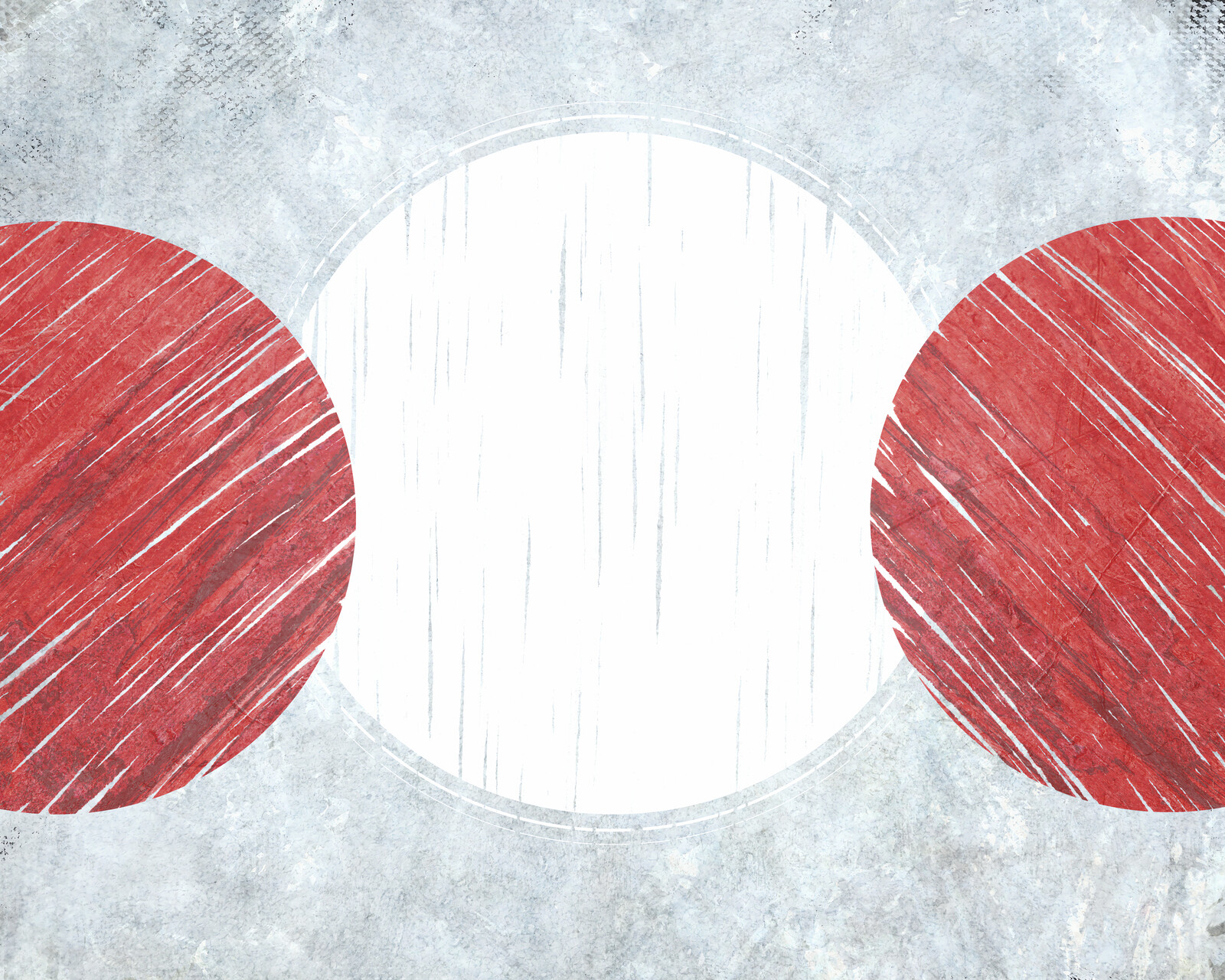
New artwork: There Am I.

Pleased to announce that my painting Behold My Beloved Son is now the cover art for Seven Gospels: The Many Lives of Christ in the Book of Mormon, a new book by Adam S. Miller and Rosalynde F. Welch, published by Deseret Book.
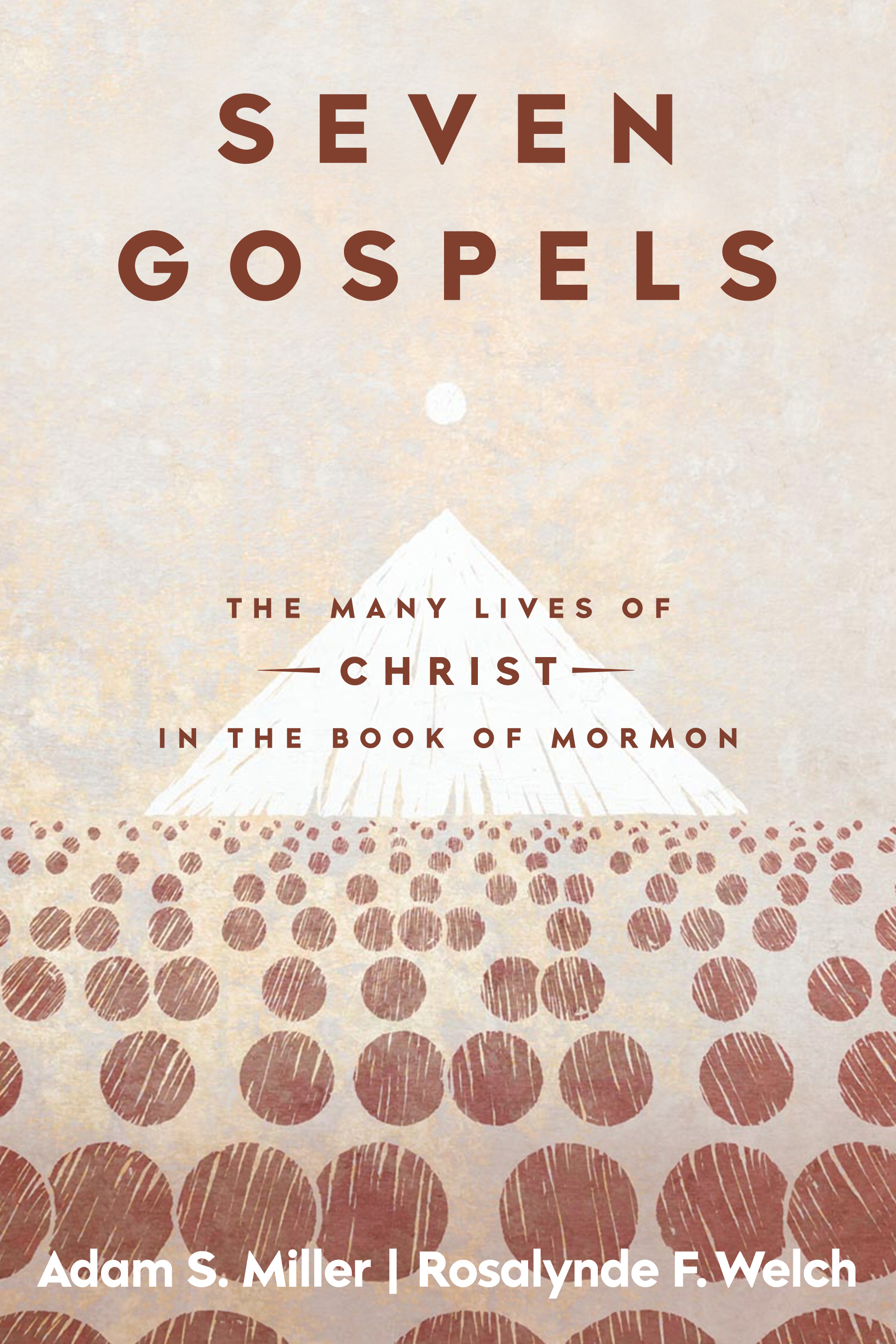
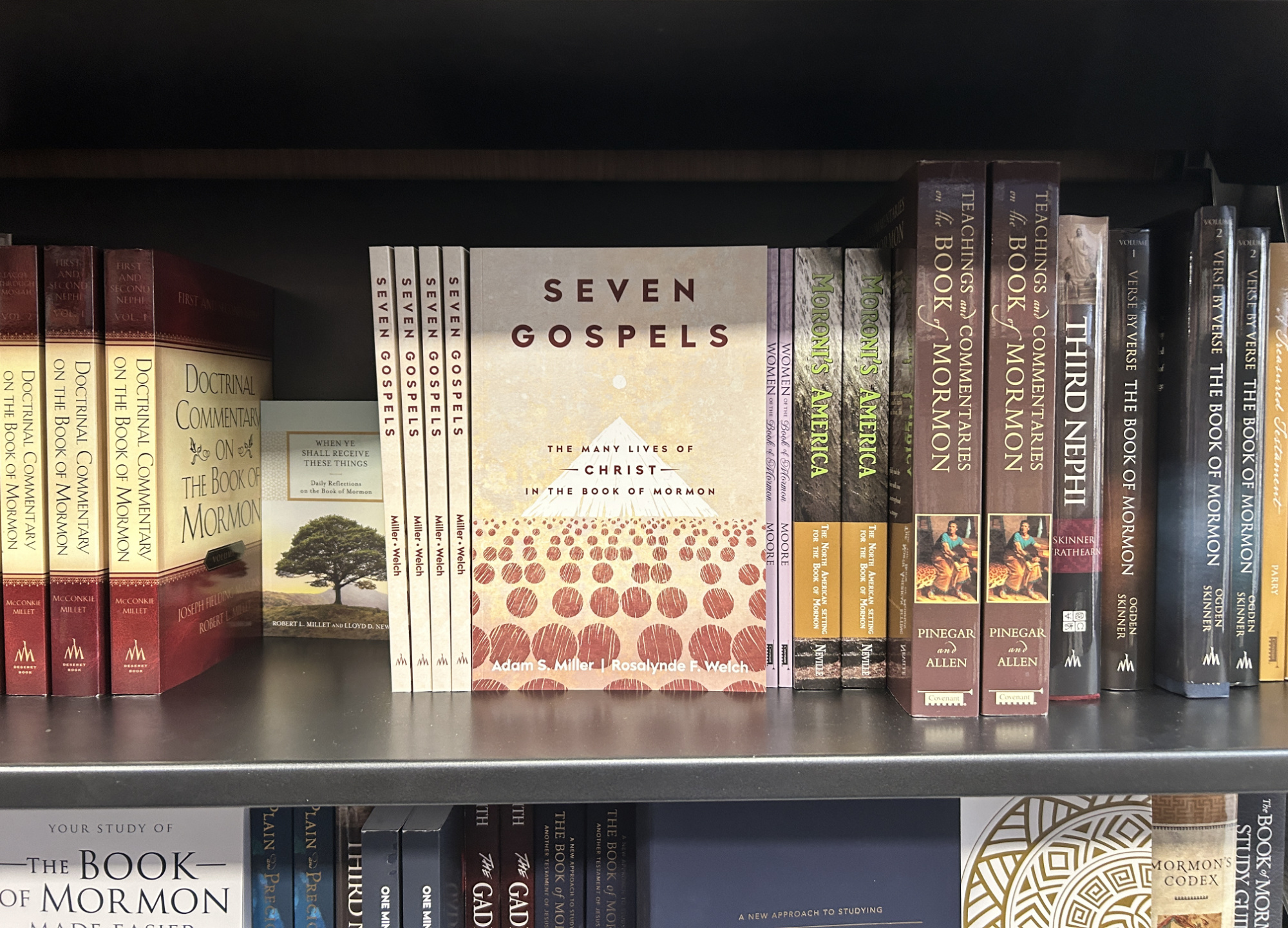
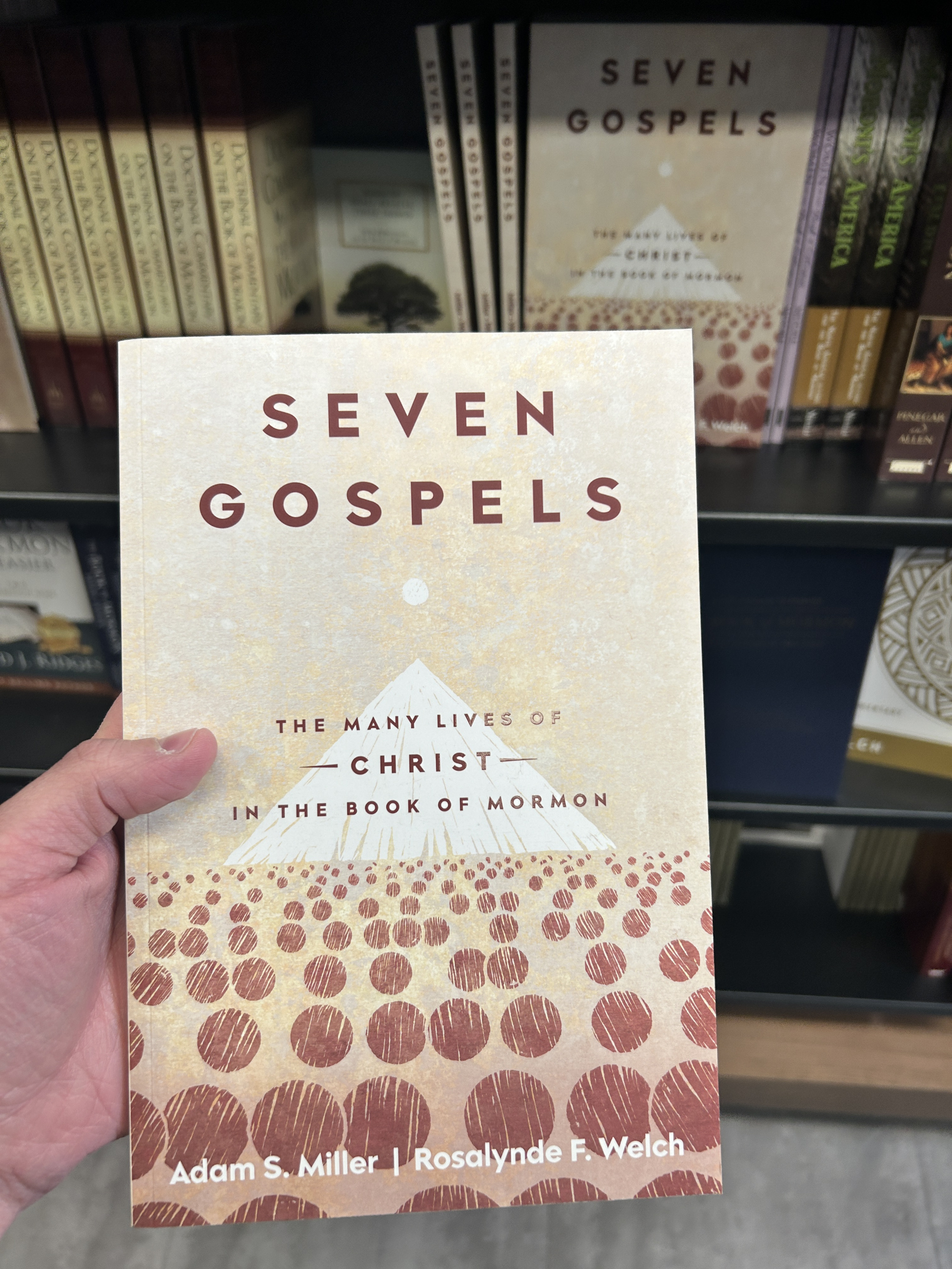
Happy to announce that I have a piece of art recently published in Wayfare issue 2. It’s based on my illustration that accompanies Jennifer Finlayson-Fife’s chapter in In the Image of Our Heavenly Parents on celebrating each other’s strengths (chapter 2).
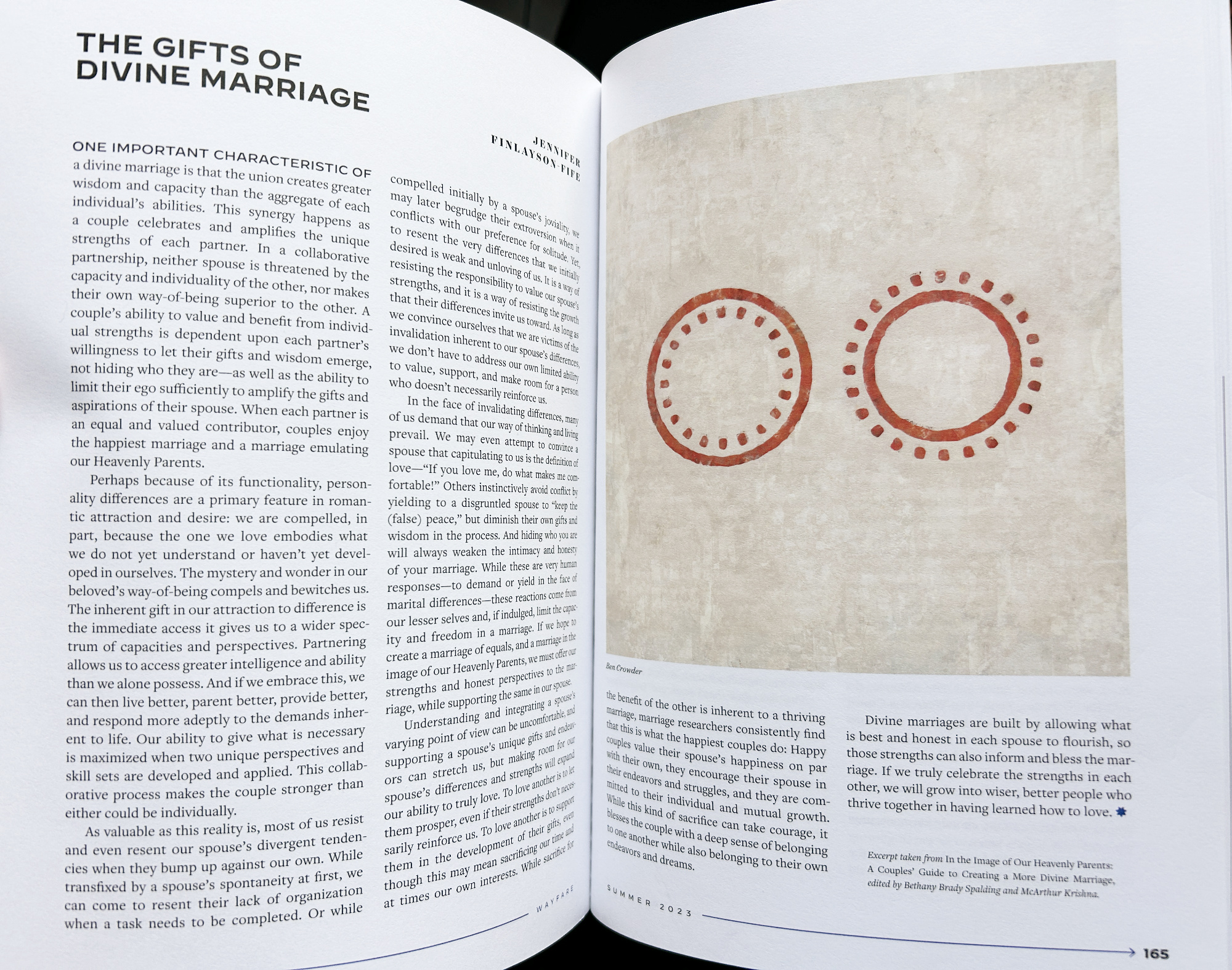
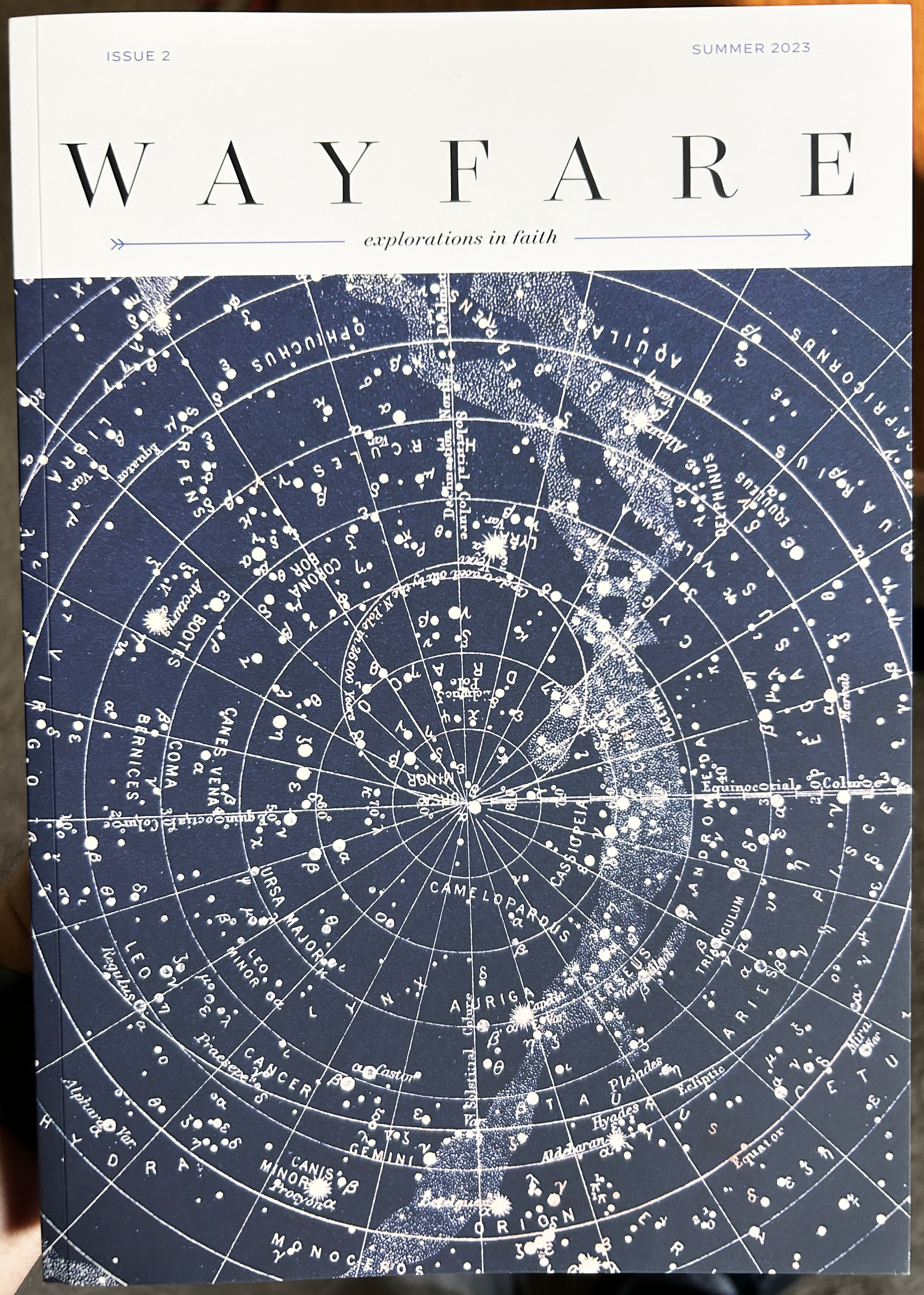
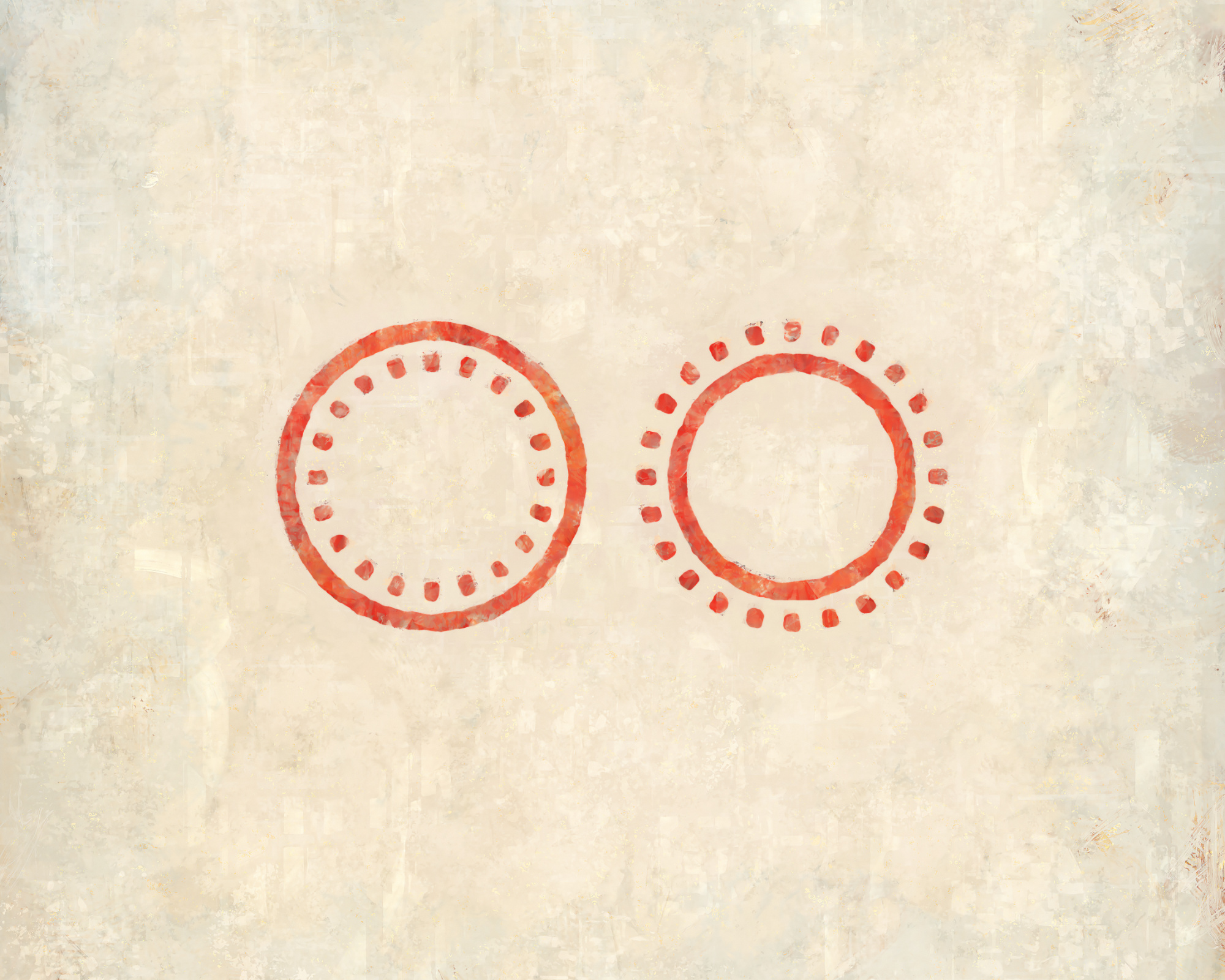
I also made an alternate version that we didn’t end up running for space reasons:
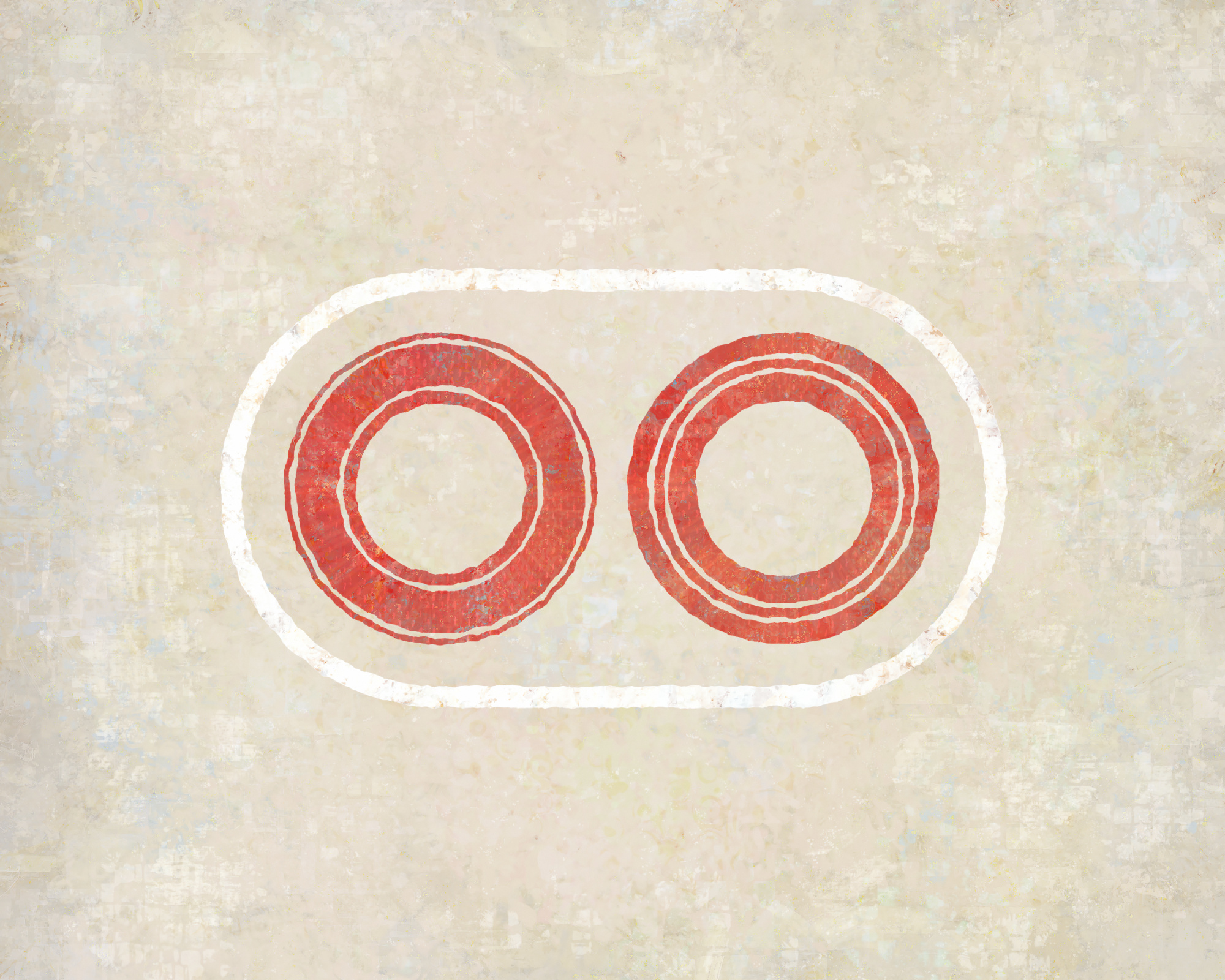
January 2024 update: the article is now online and both images are included.
New artwork: Deliverance to the Captives. (If I’d known that all I needed to do to get through that art block was to blog about it, I would have written yesterday’s post weeks ago!)
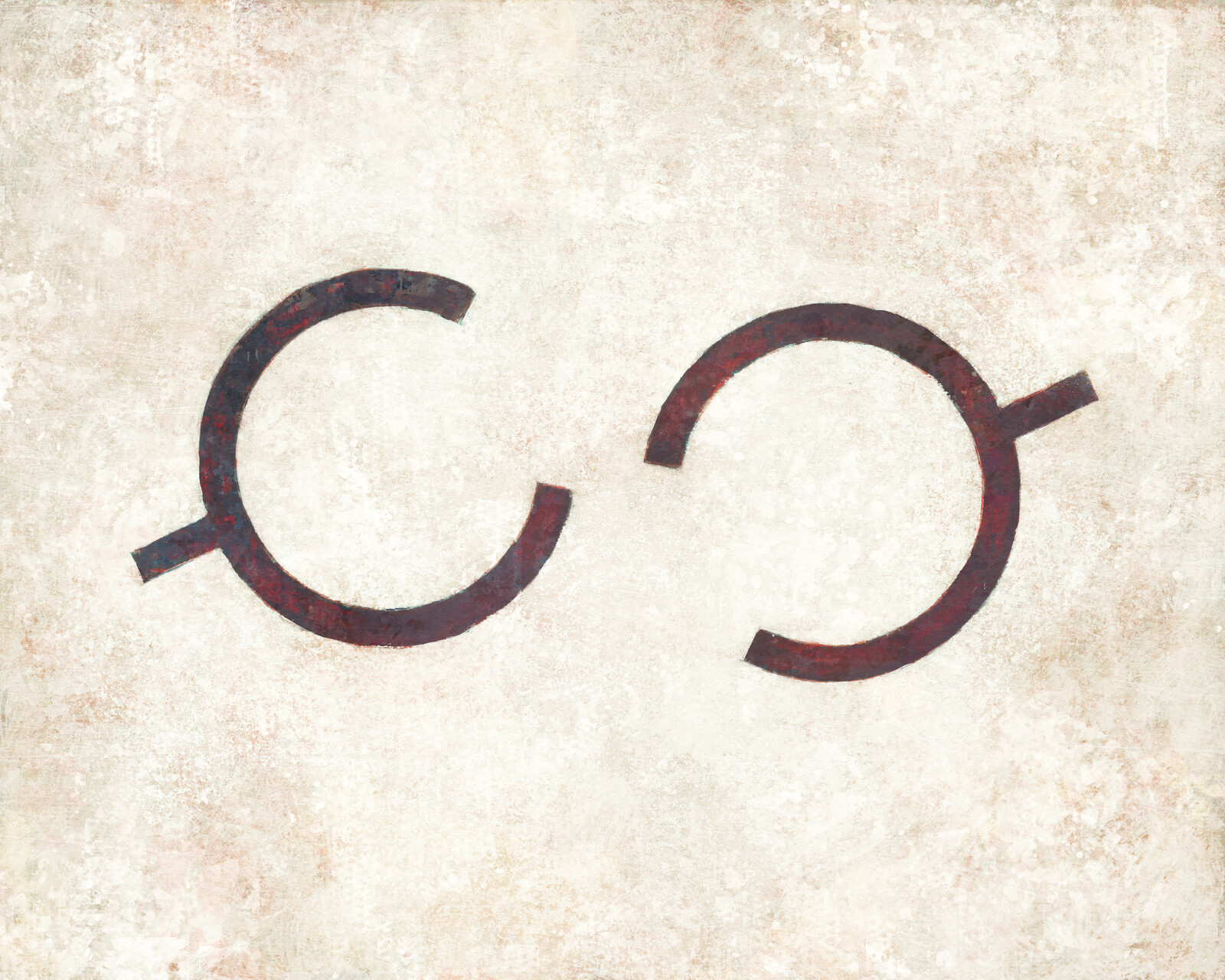
For the past couple months I’ve been wrangling some artist’s block. (Thus the lack of new work.) I’ve come up with a decent number of ideas, but whenever I start working on one, it begins to rot and slough off before my inner eye. (Uncomfortably visceral metaphor in preparation for Halloween: check.)
I hope I’m near the end of this particular hiatus, but part of me can’t help but wonder if I’ve stumbled into the final block, the one that never goes away, the end of making art for me. And yes, I wonder this every time I get blocked. A precarious path, this is.
I see myself as building a corpus of work, not as guaranteeing a constant stream of new things. I care about stock; flow is incidental. So in a sense I’m okay with projects coming to an end (as we’ve seen with Mormon Artist, Mormon Texts Project, etc.). I’m a seasonal maker. And perhaps this season — the artmaking one — has concluded, making way for something else, something new.
But maybe it isn’t over yet. Maybe I just need to work harder and push through the block like a professional. Or maybe I need to change style or process or subject. Or maybe all I need is another month off to let my brain finish recharging or healing or whatever it does in these fallow periods.
I don’t know what happens next.
Ways of Being, by James Bridle (2022). Wow, what a fascinating book. Loved it. It’s nominally about artificial intelligence but (to me, anyway) it was much more about other types of intelligence in the world — animals, plants, etc. Things like plants being able to hear and remember and move around (at a population level, anyway), early hominids, Archaea, bee swarms, and esoteric programming languages. One of the most interesting books I’ve read in a while. The point about corporations being a form of artificial intelligence has especially stuck with me. Recommended.
Cage of Souls, by Adrian Tchaikovsky (2019). I’d heard good things about this, and for me it delivered. Really liked it. Some very interesting ideas (including a few I wish had been explored in much more detail). More variety in the story than I was expecting after the first few chapters, too. A compelling read.
Just posted two new parallel language editions of the Book of Mormon:
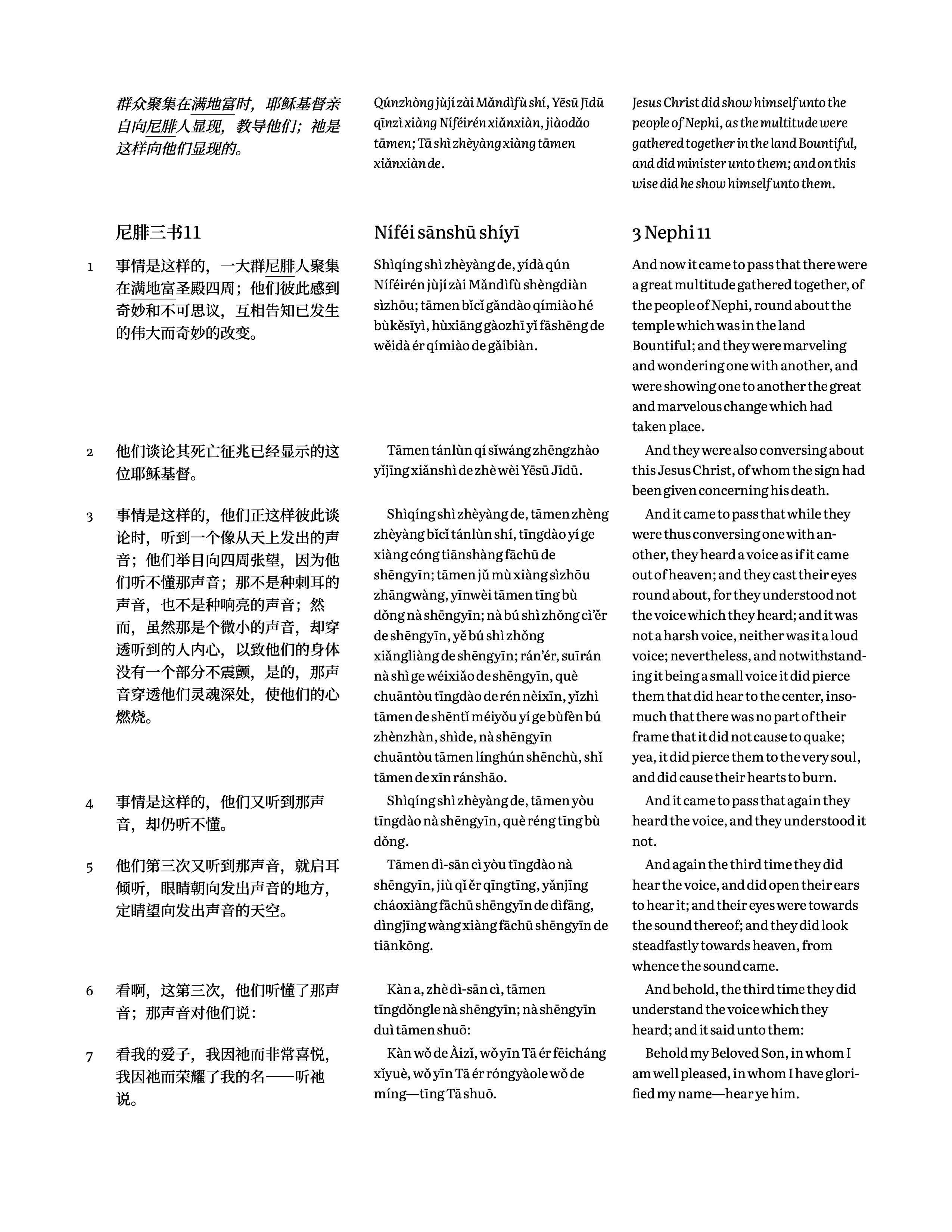
Peter Dizikes on the new “whom of which” linguistic trend. This…may be testing my descriptivist tendencies to their limits.
SFINCS, the new Speculative Fiction Indie Novella Championship (ala SPFBO and SPSFC). Looking forward to seeing what comes out of it.
Rocumentaries, a curated list of streaming documentaries. I don’t watch many documentaries but this seemed like a decent list for when I’m in the mood.
Emily Temple on Mark Twain inventing the bra clasp.
Paul Robert Lloyd’s classnames, thematically grouped lists of words to help with naming things like HTML/CSS classes. I love lists of words. (Helping my kid study for the spelling bee was quite fun.)
iOS Safari has a limit of 500 tabs at a time. Found that out through personal experience. (Current count: 25.)
Kris Sowersby on the design of Klim’s Martina Plantijn typeface. Enjoyed this. I don’t know if I can overstate how much I love a good typeface.
Dave Cramer on how Hachette makes books with HTML and CSS, from 2017. I knew Hachette had been using web tech for a while but didn’t know they were using Prince (with its TeX justification algorithm, which makes sense). If only the open source alternatives like Paged.js also had the TeX algorithm. (Maybe they do; I haven’t checked lately.)
Alice Ching on how the implementation of Figma draws inspiration from the gaming world. A fun read.
Fabien Sanglard on the core concepts associated with the creation of an executable (via C/C++).
Fully Stacked on the View Transitions API and the Navigation API, re: SPAs and MPAs.
Medieval murder maps for London, York, and Oxford.
Becky Ferreira on a new study reporting that people experience heightened consciousness when dying. I don’t think this necessarily proves anything about the afterlife, but it does show that interesting things happen in the transition out of this life.
Jim Nielsen on building great software by repeatedly encountering it. 100%. I feel like this made a huge difference when I was a designer at the BYU library, where I was using our apps all the time for my own use (checking out loads of books, mainly). This is also why I like making my own tools.
Molly Templeton on reading habits. Also see Tracy Durnell.
Utah’s flag status page. I recently discovered this and found it to be helpful when seeing flags around town at half-mast and not knowing why.
David Heaney on Meta’s new photorealistic VR avatars. These might be coming out the other side of the uncanny valley, much as it surprises me to say it.
Brennan doing “Sauron but it’s Donald Trump” on Game Changer. This is so amazing.
Adam Mastroianni on why scientific discoveries sometimes take so long to happen.
Jason Kottke on Erik Wernquist’s One Revolution per Minute video. That’s a pretty fast rotation, subjectively.
Morgan Housel’s thoughts on writings. I don’t particularly like venture capitalists these days, but there was some interesting food for thought here.
Orion, a “a [free] small, fun app that helps you use your iPad as an external HDMI display for any camera, video game console, or even VHS.”
Tantek Çelik on more thoughtful reading and writing on the web. Loved this. I think this is probably why I like blogging so much. It’s more quiet.
Josh Collinsworth with a message from the captain of the S.S. Layoff. Ha. Most of this is too true (in my experience, anyway).
Marc on software that fits in your backpack. Small tools, basically. I like it.
Nolen’s Flappy Dird, a Flappy Bird clone implemented in the macOS Finder (of all places).
ABA Games on the joys of small game development. I really liked this — these types of games feel like a fun size to work on. Especially liked the one-button page, not because I care much about one-button games (I don’t) but because it was so fun to see all the GIFs of the small games. Inspiring.
The Delta Wasp 2040, a 3D printer that can do clay and other ceramic materials.
Evan Ackerman on Disney’s new robot. Fun to see animators brought into the loop.
Jason Kottke on the unbearable slowness of light, from 2015. Puts things into perspective.
Bryan Braun’s new Let’s Get Creative page, a collection of high-quality, free, online creativity tools. Fun!
Sherry Ning on technology and craftsmanship. I don’t know that I fully agree with the premise here, but I still really like articles about craftsmanship. Recommended.
On the first Vesuvius Challenge winner. Excited to see where all of this leads.
Charles Q. Choi on using incoherent holography to change focus after a photo is taken.
Ramsey Nasser’s قلب, a programming language where code is written entirely in Arabic. Love this.
Richard Rutter on the sad state of break-after: avoid browser support. Yep.
The Nine Tailors, by Dorothy Sayers (1934). I read this for book group. Sure learned a lot about bell-ringing. The mystery ended up being interesting, though the book felt rather slow at times and I found myself skimming through several parts lest I get bogged down and abandon it. On that note, by the way, in recent years I find myself struggling with older fiction. While there are scads of classics I want to have read, I lose interest whenever I actually get into one. Dry. As. Dust. (Old nonfiction, though, is unfettered by this curse. Don’t know why.) I’m hoping this is something that changes over time.